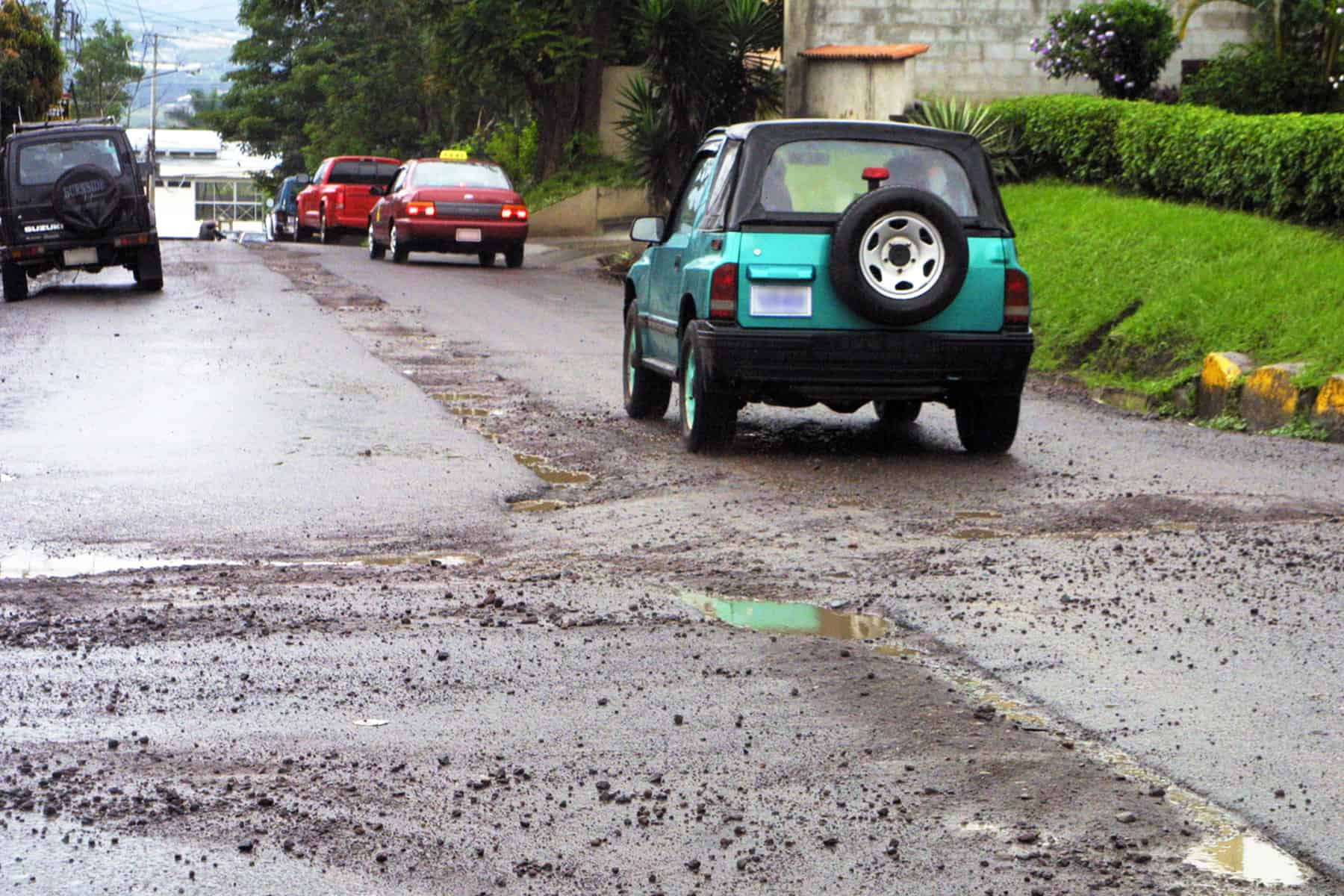Costa Rica’s roads are deteriorating rapidly. This not only compromises the country’s competitiveness but also makes travel within its borders increasingly hazardous.
Between 2015 and 2023, state investment in new roads, bridges, and road maintenance witnessed a sharp decline, as reported by the National Roads Council (CONAVI).
In 2015, the state allocated ¢303 billion (about $505 million) for new infrastructure, but this figure decreased to ¢202 billion (approximately $336.67 million) by 2023—a 33% reduction.
Similarly, funds for road maintenance have also dwindled. In 2015, ¢129 billion ($215 million) was set aside annually for this purpose, but this year only ¢77 billion ($128.33) is budgeted. This sum is a mere 60% of what was spent eight years ago, marking the lowest investment of the period.
The fiscal deficit and the overwhelming burden of public debt, which surpasses 60% of the GDP, have contributed to this reduced public investment.
Such underinvestment poses significant risks. The worsening road conditions, characterized by potholes, landslides, and other hazards, not only endanger motorists but also suggest a looming financial strain. As roads continue to degrade, the eventual cost of achieving a standard road network will surge.
Luis Amador, the Minister of MOPT, mentioned that the longer the delay in addressing these issues, the steeper the eventual bill. According to the United Nations Office for Risk Reduction, every dollar spent on risk reduction can save up to $7 in the future.
“The crux of the matter is that we’re not allocating enough to infrastructure to meet the nation’s needs. An annual investment of approximately ¢116 billion ($193.33 million) over the next decade is essential to maintain our roads and bridges in decent shape,” Luis Amador emphasized.
To address these challenges, Minister Amador suggested potential solutions like harnessing natural gas, curtailing luxury pensions, or turning to public-private partnerships and concessions.
Interestingly, the recent dip in infrastructure spending is reminiscent of the early 1990s. The latest State of the Nation report reveals that from 2009 to 2021, Costa Rica’s public infrastructure investment dropped from 5.1% of GDP to a mere 2.6%.
Given this scenario, many in the private sector are championing concessions and public-private collaborations.
“We must bolster our investments in infrastructure to serve the country’s best interests. Not only do we need to invest more, but we also must ensure the funds are used wisely,” concluded Luis Amador.






